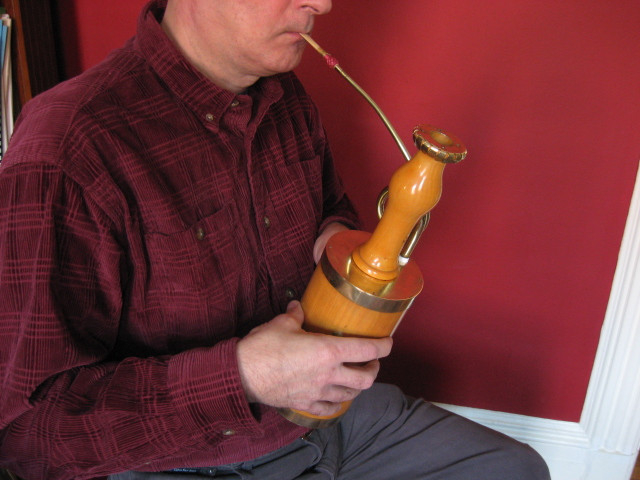Rackett
The rackett, Raggett, Cervelas, or sausage bassoon is a double-reed wind instrument from the Renaissance era that was invented toward the end of the sixteenth century but already replaced by bassoons by the end of the seventeenth. Another predecessor of the bassoon is the rackett.
Although the dulcian and the rackett sound remarkably similar, their appearances couldn't be further apart. The rackett is frequently referred to as a pocket bassoon since it can be as little as 412 inches (about 11 cm) tall. The Renaissance version featured nine parallel cylindrical bores connected in a series, whilst the Baroque instrument had ten bores. It was made of a short wooden or ivory cylinder. The channels on the Baroque instrument were at the top of the instrument, as opposed to the earlier forms where the channels were at the side or bottom of the instrument.
Noted by Praetorius: "Racketts have a very gentle sound, somewhat like someone blowing through a comb. When used in a group, they don't really stand out, but when violas da gamba is added, or when a single rackett is combined with other wind or stringed instruments, a harpsichord, or something similar, and is played by a skilled player, it may be a really beautiful instrument. On bass portions, it is quite pleasant and good to hear." The tone offers a rich, warm, vibrating sound with a good dynamic and tonal range. The timbre has been compared to "a bassoon and a kazoo combined."














